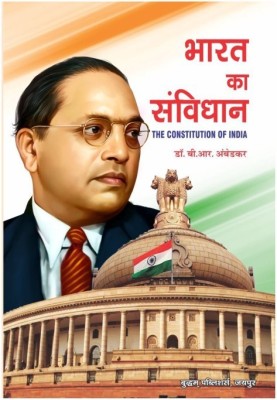
Share
FROM HIGHER CASTE TO LOWER CASTE (Hardcover, Shyamlal)
Be the first to Review this product
Special price
₹1,176
₹1,195
1% off
Coupons for you
T&C
Available offers
T&C
T&C
T&C
Delivery
Check
Enter pincode
Delivery by22 Jul, Tuesday
?
View Details
Highlights
- Binding: Hardcover
- Publisher: RAWAT PUBLICATIONS
- ISBN: 9788170333951
- Edition: 1ST EDITION, 2024
- Pages: 191
Services
- Cash on Delivery available?
Seller
Description
All studies on social mobility have been confined to upward mobility available to underprivileged groups, particularly the lower castes. During the fifties, sixties and seventies a number of sociologists – Srinivas (1952), Cohn (1955), Bailey (1958), Kalia (1959), Mahar (1960), Chanana (1961), Ramratan (1961),Could (1961), Barnabas (1961), Patwardhan (1973), Shyamlal (1973) and a few others – had reported, through their research studies, the change in the social structure and mobility pattern of the scheduled castes and scheduled tribes in the various regions of India. The concept of ‘Sanskritization’ employed by Srinivas has been popularly researched and critically examined in India but not its reverse ‘Asprashyeekaran’.
The book, therefore, studies the downward mobility in India, where groups and individuals of upper castes or tribes broke away their affiliation with the parent group and culturally incorporated themselves, formally or legally, into the lower castes, acquiring altogether a new low caste identity – a phenomenon hardly reported by social scientists in general and sociologists and social anthropologists in particular.
Read More
Specifications
Book Details
| Publication Year |
|
| Table of Contents |
|
Contributors
| Author Info |
|
Be the first to ask about this product
Safe and Secure Payments.Easy returns.100% Authentic products.
Back to top




